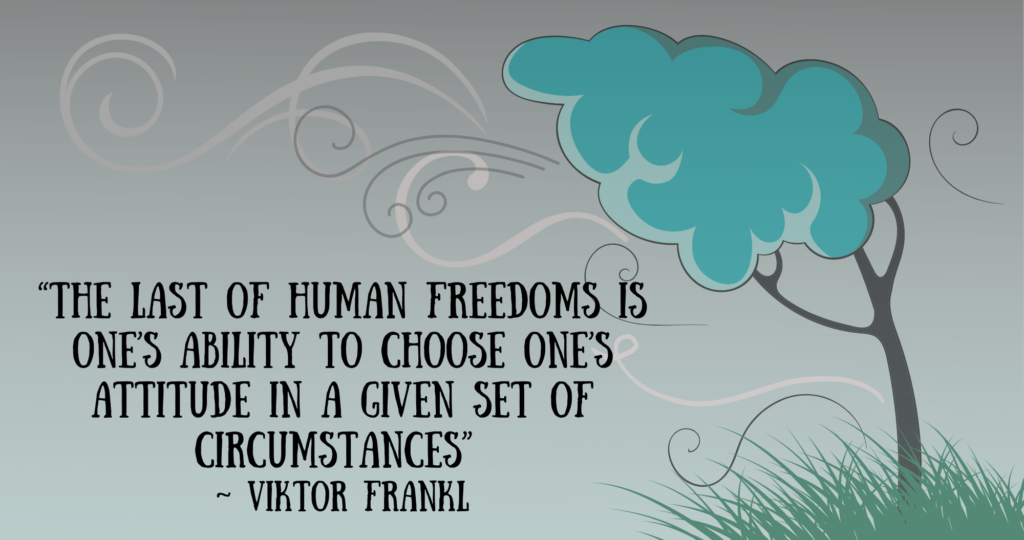 Resilience is composed of many factors, attitude being among them, as can be read in this quote by psychologist and Holocaust survivor Viktor Frankl. It also suggests the importance of being adaptable in a healthy and productive way in response to changes in life circumstances. Here you can read how individuals of each Enneagram type can increase their resilience – a quality so much needed in times of duress.
Resilience is composed of many factors, attitude being among them, as can be read in this quote by psychologist and Holocaust survivor Viktor Frankl. It also suggests the importance of being adaptable in a healthy and productive way in response to changes in life circumstances. Here you can read how individuals of each Enneagram type can increase their resilience – a quality so much needed in times of duress.
ONE
Soft and flexible resilience works better than more structured resilience, especially in times of distress. Recognizing that while there may be a right way, there may be other ways that allow more flexibility, even if they are not quite as right. Could right be wrong when it comes to resilience?
TWO
Internally, you have a very strong will; externally, you appear highly adaptable. You are both. Here’s an idea: allow your inner will to be a bit more flexible and your external interactions to be a bit more solid.
THREE
While you are normally flexible and adaptive in terms of responding to your external environment, under duress more inner access is required. This involves acknowledging and honoring your range of feelings, plus working with them and through them.
FOUR
You are creative, inventive and imaginative. So, imagine you are under duress and select four different attitudes from which to pick. Pick the one that you believe supports your equanimity and the greatest possibility for you to flourish and practice this attitude.
FIVE
To develop resilience, you can’t go it alone and isolate yourself. You need to practice it in the context of community so you can call on outside resources in any time of need. Start now!
SIX
Resilience and adaptability is based on choice; choice is based on flexibility in thought, heart and action. Every time you notice you have a belief or attitude, ask yourself this: “How does this serve me?”. If you find that an attitude does not or no longer serves you, ask this: “What belief or attitude would serve me more?”.
SEVEN
Flexibility and resilience are not the same thing; a person can be flexible but not resilient because the inner component of resilience involves being comfortable exploring the variety of feelings that are part of being human. Let yourself feel the pain or sorrow, as well as the anxiety, that not only make you more fully human, they also increase your inner resilience.
EIGHT
Receptivity is a key component to being resilient, and receptivity starts with being open to and receptive to yourself, including feelings of not being able to handle something or not knowing what to do. Acknowledge your inner uncertainty as a way to increase your resilience. Strength and resilience are not the same thing. An oak tree might be strong, but it may not be resilient in the face of strong winds.
NINE
Are you adaptable? Yes! Are you flexible? Yes, But are you deeply resilient? Resilience begins in your inner core, your inner truth, your self-honesty, and your awakeness. Remember these things and practice them.
Ginger Lapid-Bogda PhD, author of eight Enneagram books, is a speaker, consultant, trainer, and coach. She provides certification programs and training tools for business professionals around the world who want to bring the Enneagram into organizations with high-impact business applications. TheEnneagramInBusiness.com | ginger@theenneagraminbusiness.com

Comments are closed.